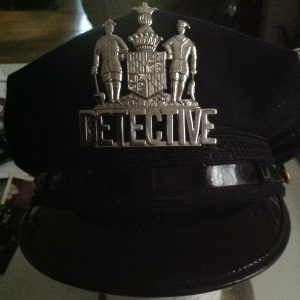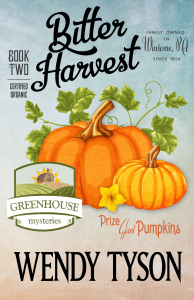A review of Theodora Goss’ The Strange Case of The Alchemist’s Daughter (Saga Press, 2017)
By Derek Newman-Stille

The Strange Case of the Alchemist’s Daughter is Theodora Goss’ conversation across time with creators of enduring literature that explored things like what it means to be human through the figure of the outsider, the monster. But, more prominently, it is Goss’ conversation with Mary Shelley – a sharing of ideas and perspectives and an opening of dialogue about scientific exploitation of bodies, hegemonic control, the outsider, and the restrictive nature of the category “human”.
Goss resurrects literary monsters of the past by creating a narrative about their daughters, weaving narratives of the abjection of bodily difference with the oppression of women. Like monsters, the women in her narrative resist easy categorization, standing up against subjugation, typification, or any kind of restraint. They speak back to the social pressures and literary tropes that have historically sought to limit them.
Goss draws characters from works by Mary Shelley, H.G. Wells, Nathaniel Hawthorne, and Robert Louis Stevenson into an adventure mystery novel that is primarily about the way that people come together in unique ways and draw strength from difference. She brings together the daughters/creations of Dr. Frankenstein, Dr. Moreau, Mr. Hyde, Dr. Jekyll, and Dr. Rappaccini to bring attention to the potential danger of depersonalization in medical sciences, the oppression of bodies that don’t conform, the profound isolation that comes with difference, and the power of found family to create a sense of belonging.
As much as this is a brilliant and exciting tale in itself, it is also a discourse on storytelling and Goss’ characters regularly interrupt their own story in order to interject critiques of the writing process, give details left out, and add insights that expand on the perspective given. The characters briefly interrupt the story to say things like “Now you really do sound like a penny dreadful!” These women want to tell their own narratives, tired of being silenced by literary tropes or having their stories told by others. They are active participants in constructing their own narratives, literary partners with their writer, Theodora Goss, who offers them a space to speak.
Goss interweaves Mary Shelley’s Frankenstein throughout her narrative, resurrecting characters from Shelley’s tale, but also having characters critique Shelley’s 1818 narrative, challenging the limitations it places on the characters and expanding upon the potential of Shelley’s tale. But she also plays with thoughts that Shelley began to explore in Frankenstein like the meaning of “monster” and the interplay with the sympathetic outsider. She complicates the notion of the monster just as Shelley does, engaging the reader in a process of remapping the potential boundaries of the human.
Advertisements Share this:




